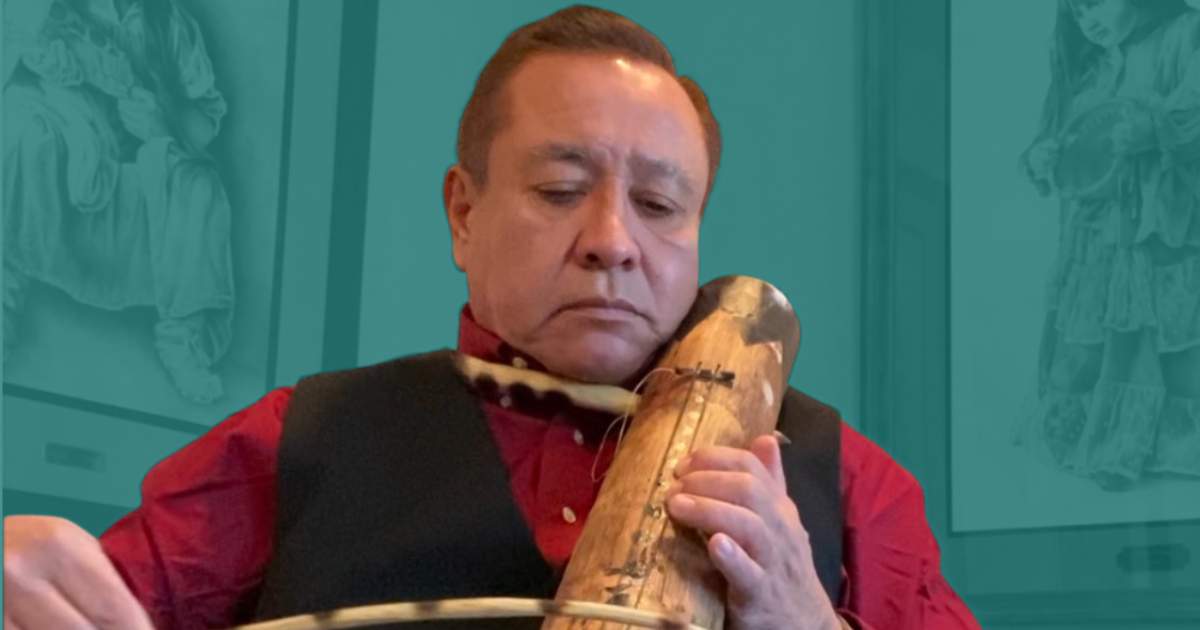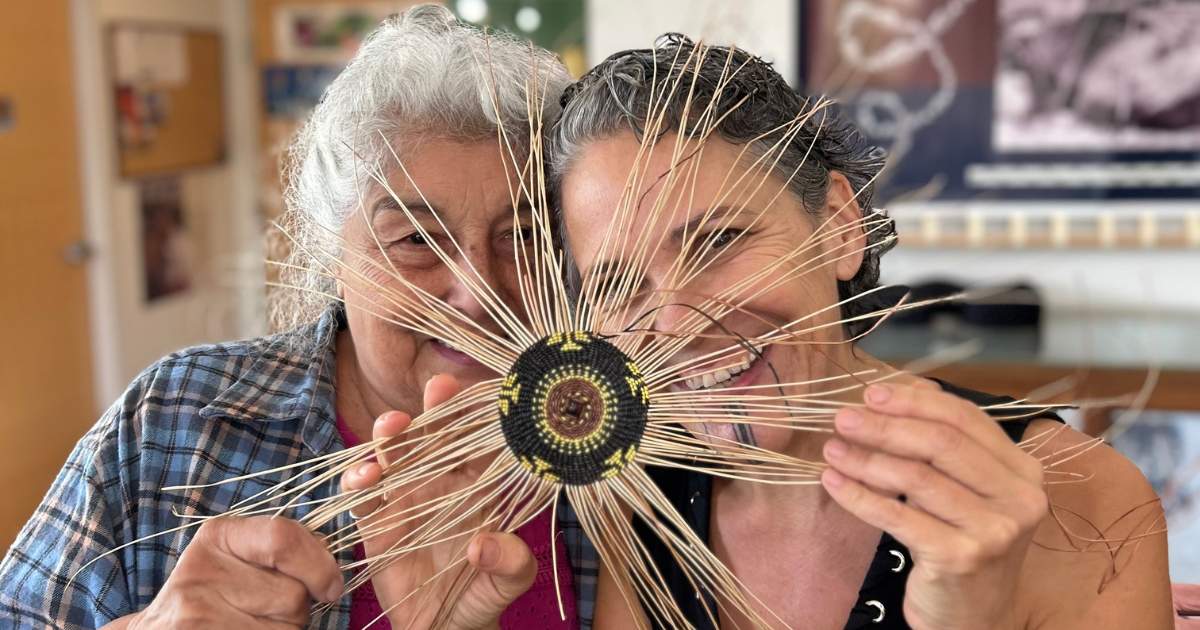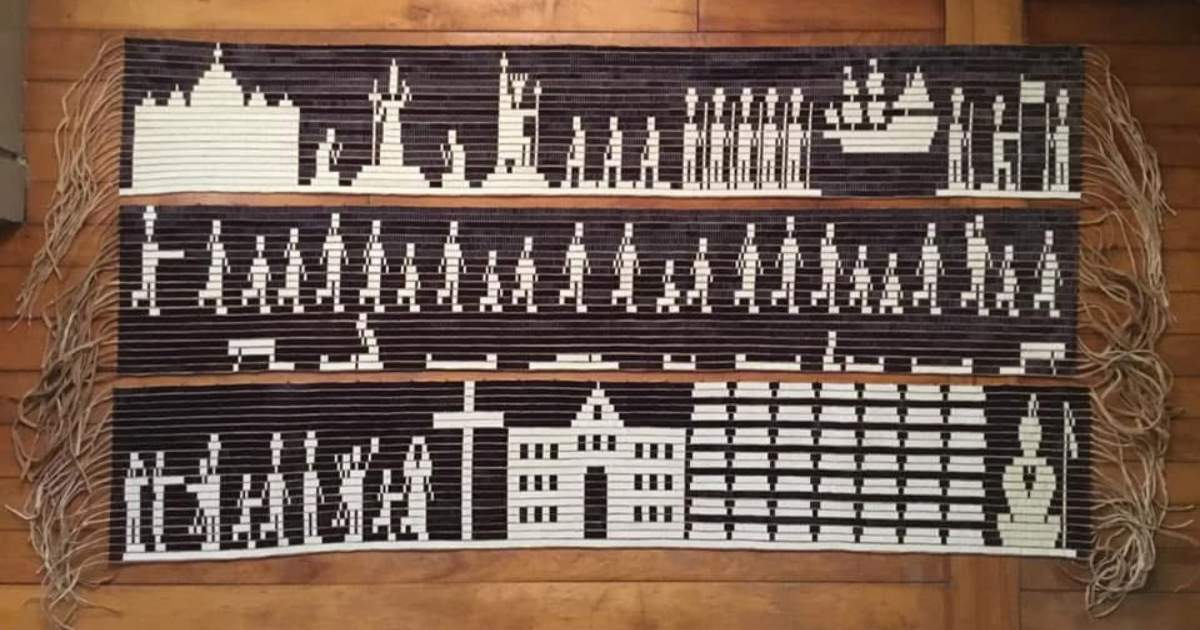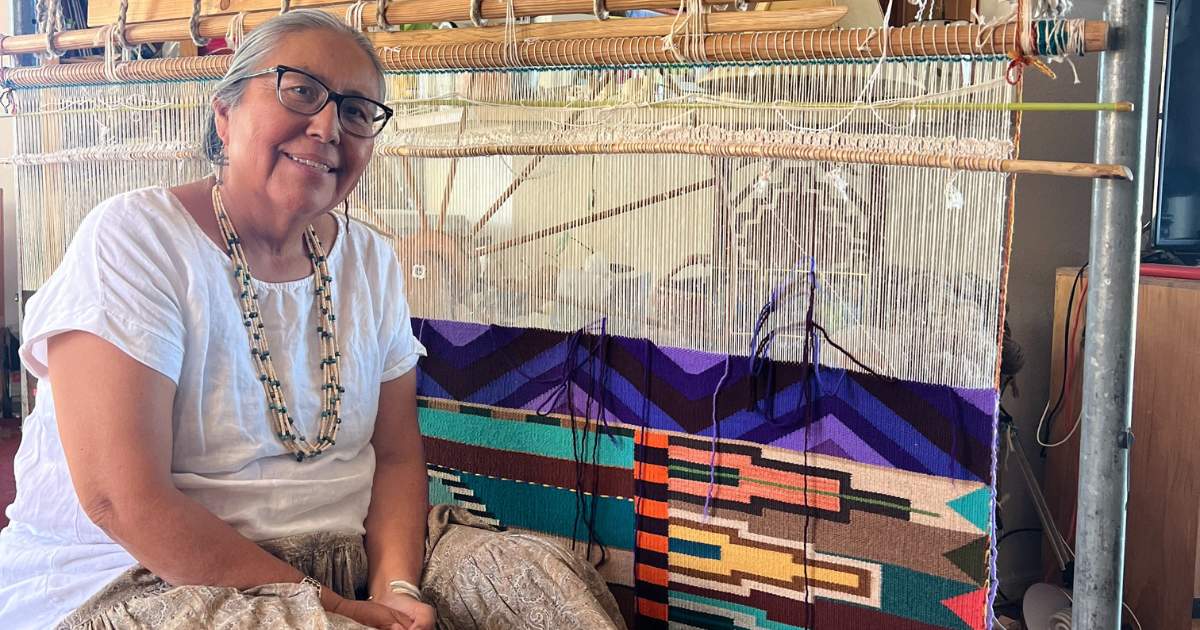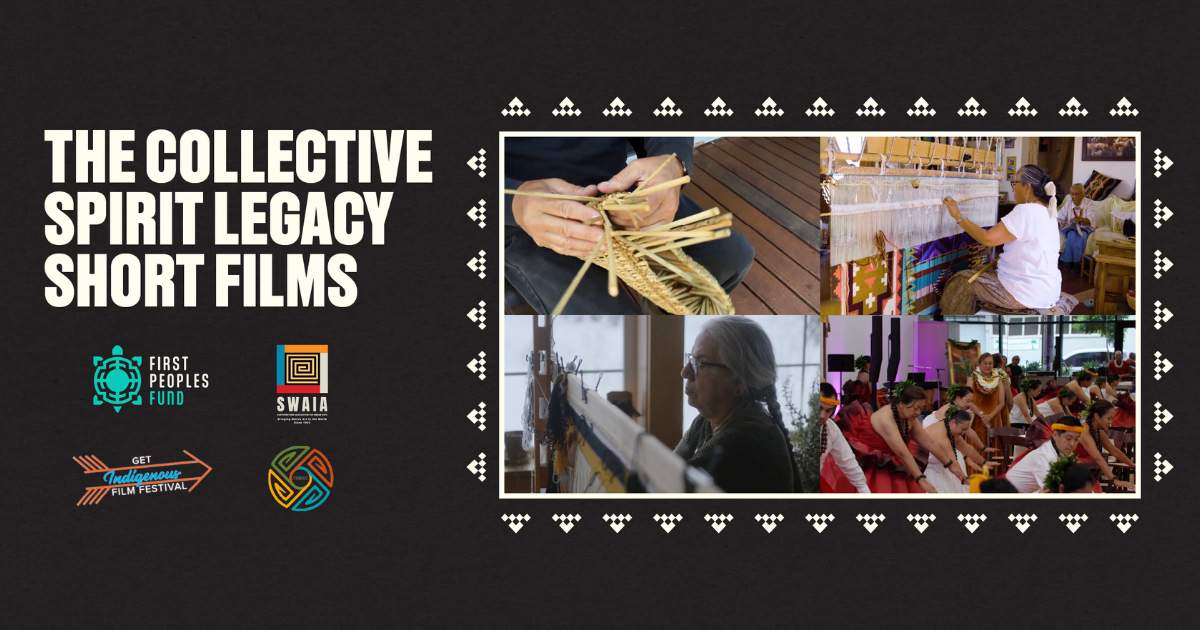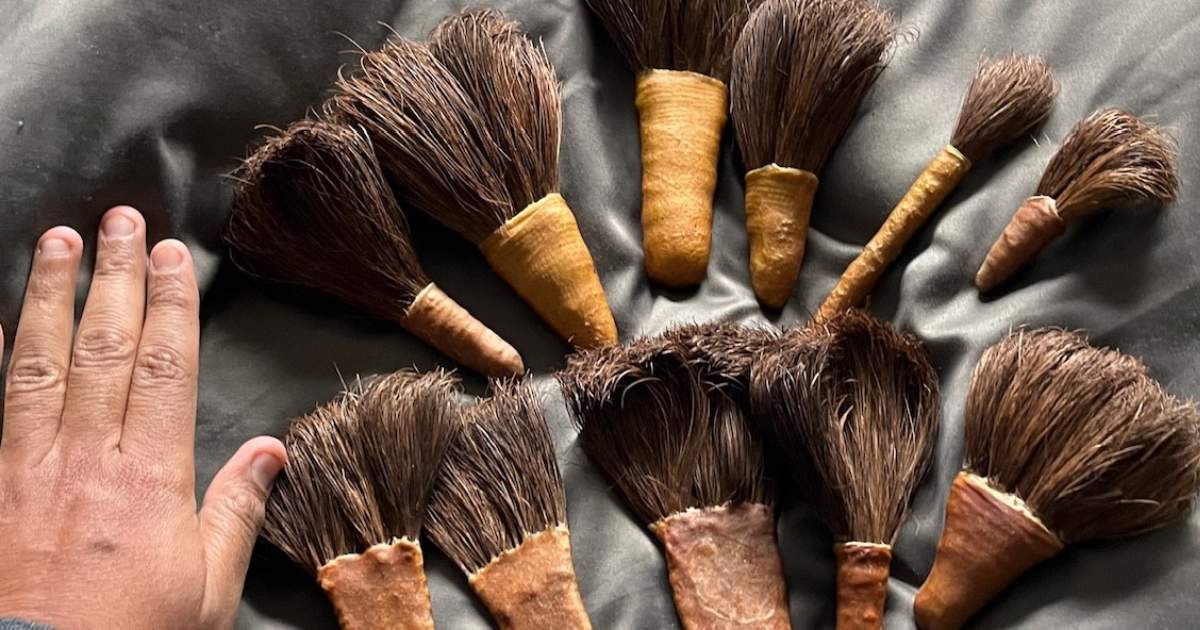
Weaving a Future: Silver Galleto and the Revival of Pomo Baskets
The founder of the Pomo Weavers Society, Silver Galleto (Cloverdale Ranchería of Pomo Indians) began weaving when two famous weavers from his area passed, Elsie Allen and Laura Somersal.
At that time, only a handful of weavers were working, and Pomo weaving was on the verge of disappearing.
Then a teenager, Silver learned from Jeanne Billy, who knew enough to start him on the right path and introduce him to others, each of whom knew a little bit and another little bit.
“It was just bare basics, and now we’re doing way more. Much of what is being done now hadn’t been done in, I don’t know how many decades.” He recently finished a winnowing tray, without ever having seen one being made.
“It was just bare basics, and now we’re doing way more. Much of what is being done now hadn’t been done in, I don’t know how many decades.”
Without teachers by his side, Silver learned through years of trial and error—boiling, soaking, bending, breaking. Now, he says, new learners have resources he never did: “They’ll catapult forward and take it to the next level. I’ve seen it.”
Basketweaving is integral to Pomo identity. Trying to live up to the reputation of Pomo weavers as “the best” has been intimidating. “I just got over it now. It won’t look like it used to, but I’m just gonna do it.” He is confident the next generations will bridge the gap, bringing Pomo forward, and also closer to where they were.
Early on, he knew the plants by name but not how to gather or process them. “I’m still learning, every day.”
Where there are similarities with neighboring tribes, styles and materials differ. “Ours, you have to dig a foot down and you have to find the root, you have to chase it. It’s the hardest material to harvest.”
“Part of me thinks… that’s why it’s stronger, that’s why it lasts longer, that’s why it doesn’t decompose, that’s why it keeps shape. That’s why it’s the best in the world, because it’s the hardiest material.”
“Part of me thinks… that’s why it’s stronger, that’s why it lasts longer, that’s why it doesn’t decompose, that’s why it keeps shape. That’s why it’s the best in the world, because it’s the hardiest material.”
“We’ve always lived here in our ancestral homelands, we’ve never moved.” To be in the same area where his parents and grandparents were, where his people were digging the same roots 10,000 years ago, is a huge connection, “the same waters coming down from that mountain, same waters going to that ocean…”
“We’ve always lived here in our ancestral homelands, we’ve never moved.”
Regarding environment and quality of materials today, Silver says the sticks are short, requiring a lot of switching out sticks. At the museum, he sees in a burden basket what he never sees in the ground, “just one continuous stick from the very bottom all the way to the top, practically the same diameter the whole way.”
“I’m sure those old weavers would have taken whatever they got, and turned it into gold.”
It is a lot of work. Without gathering, there’s no weaving. Without digging, pruning, coppicing, without weeding, sorting, hiking, no weaving.
The heavy lifting for Silver, though, may be less about the demanding nature of the digging than what it turns up.
“We weren’t allowed to practice our culture…to use our language. We weren’t allowed to sing, dance, weave…It took a long time to see {our culture} in a positive light, and really yearn for…or want to reclaim it.”
“We weren’t allowed to practice our culture…to use our language. We weren’t allowed to sing, dance, weave…It took a long time to see {our culture} in a positive light, and really yearn for…or want to reclaim it.”
“There’s been a little disruption,” he understates, ironically. “The introduction of non-natives has affected us. We’re part of that environment, and just like those roots are not as nice as they once were, we’re not as efficient as we once were either, but through proper learning and harvesting and teaching and sharing, we’re gonna get better, just like our sticks are gonna get better, and our roots…”
Silver lightens when speaking of his “weaving family of friends” from the three Pomo counties. Together they experiment, studying museum archives, sharing photos and sharing progress. They encourage each other, and they show their work.
Exhibiting in a museum brings meaningful recognition . Silver recalls his mother’s pride at the group’s first show—seeing her son’s baskets beside the old ones, recognizing his role as a teacher. “I was just so happy that she was able to see that before she died, and I wish my grandma could have seen that, too,” that he was carrying on their culture, in ways they could not.
The group gives back, supporting one another, protecting gathering sites. Weavers Silver taught as beginners are now mentoring others and teaching their kids. Members span ages ten to eighty. Silver reminds elders they’re never too old; famed weaver Elsie Allen only began in her sixties. Many follow that path, weaving to keep tradition alive.
Silver hopes the Community Spirit Award marks a turning point in his traditional career, allowing him to devote himself more fully to his practices. The call to tradition, always present for him, has gotten louder. In recent years, he says, “it’s yelling at me.”
Given a longer view, Silver’s perseverance, from piecing together early knowledge to growing a flourishing community of weavers, signals a pivotal moment for his people.
For those at a crossroads, Silver has counsel: “Don’t be intimidated by not knowing. Don’t be intimidated by what your work may look like, and don’t let the norms of society…be a barrier to your traditional path.” It’s easy, he cautions, to “get caught up with getting rich in terms of the dollar, instead of rich in traditional knowledge, which is priceless.”
“Don’t be intimidated by not knowing. Don’t be intimidated by what your work may look like, and don’t let the norms of society…be a barrier to your traditional path.” It’s easy, he cautions, to “get caught up with getting rich in terms of the dollar, instead of rich in traditional knowledge, which is priceless.”





































































































